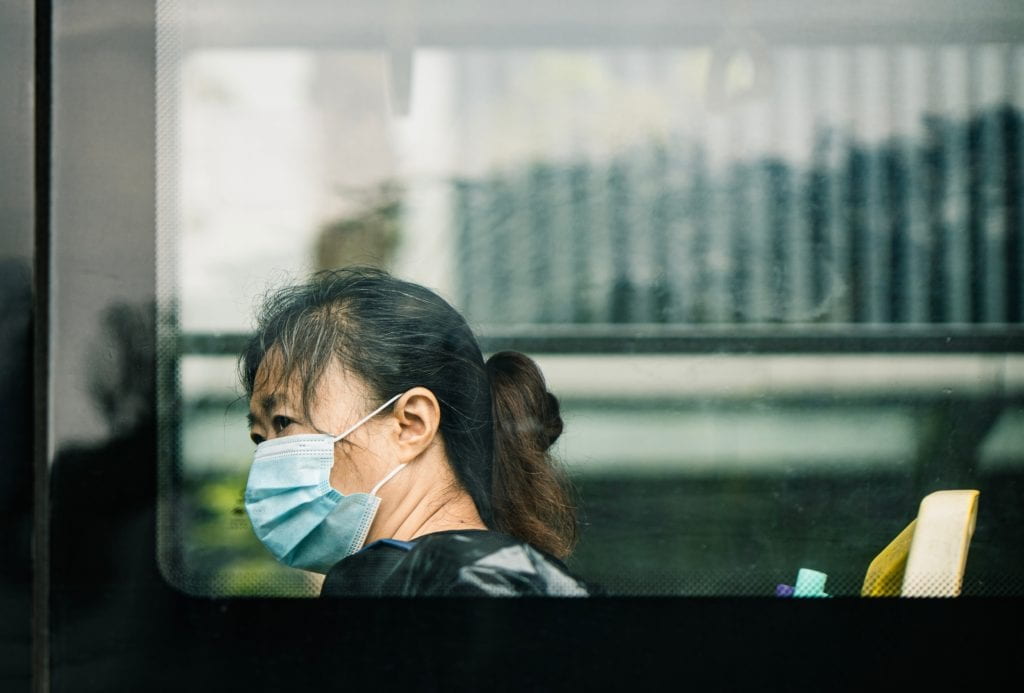From the post-war period through the present day, the histories of Asian-Americans, Black Americans, and other minorities have been intertwined through mutual challenges to equity through access to education, immigration, and political participation. The Civil Rights Era in particular is a touchstone of Afro-Asian solidarity that offers a transnational and intersectional perspective that is often untold, with politics and culture playing out in manifold expressions from the cross-cultural appreciation until now. Over the past decades, as battles for recognition have shifted from legal to cultural representation, one framework for how minority groups have interrelated to one another can be described in terms of Succession, Interdependence, Adaptations, and Cycling of Resources. For example, the “model minority” stereotype of Asian-Americans might be considered an adaptation of claiming white adjacency to differentiate the AAPI community from other minorities.

These complex relationships have been fully on view since early 2020 with the dual pandemic of COVID-19 and resulting in racism that has been brought to light. From initial studies, we find that rhetoric is not harmless, as the use of stigmatizing language has personal and health impacts. Compared to the period between 2007 to 2020 to after March 2020, stigmatizing language used by conservative media outlets has increased subconscious beliefs that Asian Americans are “perpetual foreigners.” AAPI and Black communities, joined by a shared experience of racism and othering, have experienced a tripling of rates of anxiety and depression since March 2020. Experiencing discrimination is associated with adverse mental and physical health outcomes, and this research sounds an alarm about the effects of stigmatizing media on the health and welfare of Asian Americans.
This moment presents a unique opportunity to examine and reawaken these shared histories and to challenge existing narratives.
By seeing shared inequities and struggles as not mutually exclusive, we hope to reclaim history and shared affinities among communities of color. Our adaptations to COVID have resulted in the rapid adoption of new technologies, new dialogue, and a wholesale reorientation of family, work, and community. By examining the AAPI community’s mindset from a systemic and community perspective, in addition to individual stories, we hope to undertake a quantitative and qualitative assessment of these adaptations (solidarity, distancing) and how they are impacting AAPI internal and external perception.
Felt impact
- Dual pandemic of racism and COVID
- Rates of anxiety and depression have tripled for AAPI and Black communities
- Rhetoric is not harmless – use of stigmatizing language has personal and health impacts
- Shared experience of racism and othering
- Implicit Americanness Bias—or the subconscious belief that European American individuals are more “American” than Asian American individuals—declined steadily from 2007 through early 2020 but reversed trend and began to increase on March 8, following the increase in stigmatizing language in conservative media outlets.
- This research provides evidence that the use of stigmatizing language increased subconscious beliefs that Asian Americans are “perpetual foreigners.”
- Given research that perpetual foreigner bias can beget discriminatory behavior and that experiencing discrimination is associated with adverse mental and physical health outcomes, this research sounds an alarm about the effects of stigmatizing media on the health and welfare of Asian Americans.
Opportunity
- Unique historical moment to examine and reawaken these shared histories
- Challenge narratives
- Seeing shared inequities and struggles as not mutually exclusive
- Reclaim history, education, communities of color
- COVID has resulted in technology. new dialogue reorientation of family, work ,and community
Project CARA
- Examine from a systemic and community POV VS Individual stories
- Our study is an attempt at a quantitative and qualitative assessment of these adaptations (solidarity, distancing) and how they are impacting AAPI attitudes
- Examining internal perception vs external perception